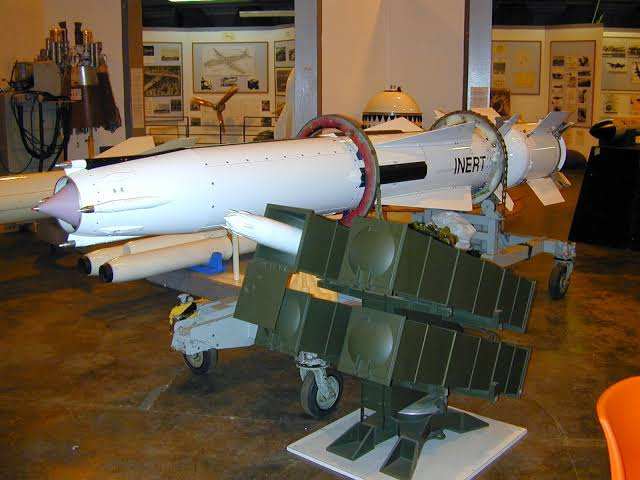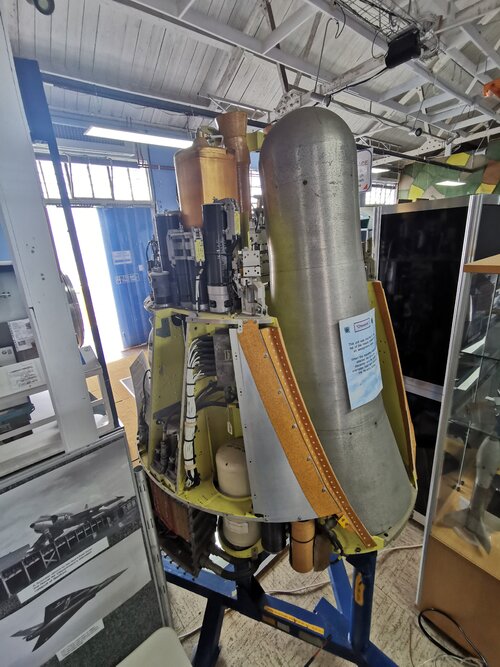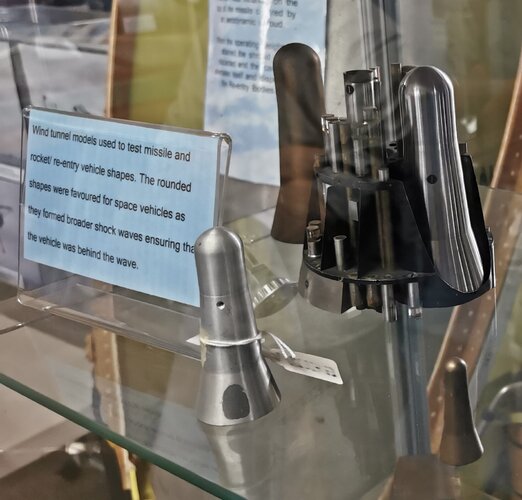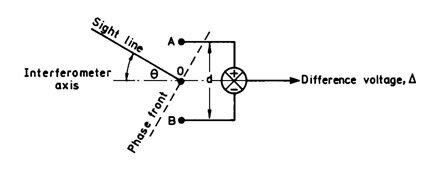yellowaster
ACCESS: Confidential
- Joined
- 1 January 2009
- Messages
- 132
- Reaction score
- 155
The Sea Dart (UK naval missile) had an interferometer guidance system - evident by the four polyrod antenna surrounding the nose. I have always assumed that the guidance system also incorporated an auxiliary dish antenna in the missile nose cone (a technique used to improve the angular accuracy of/eliminate ambiguity of the interferometer). I can't seem to find a definite reference to confirm this. Anyone have such a reference ?




